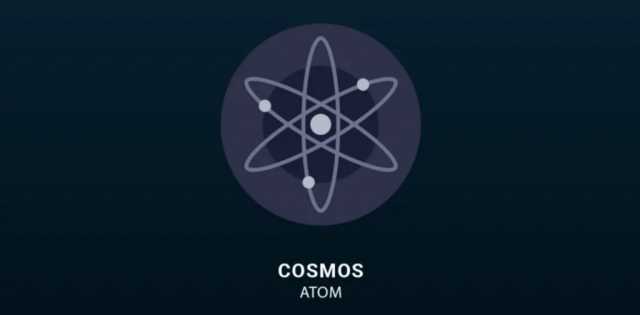What is ATOM: Cosmos Crypto Review

Cosmos brands itself as a platform with high customization, wide scalability, and powerful system of interconnected blockchains. This interoperable structure was brought about by the integration of 3 types of algorithms into the system. This helps a particular blockchain reach consensus despite suspicious and potentially harmful nodes.
There are three fundamental functions to Cosmos.
- Tendermint
What serves as a software plugin, it holds the Tendermint BFT algorithm. This accounts for consensus and the IBC protocol. This, in turn ensures that data is delivered across.
- Application Blockchain Interface (ABCI)
Responsible for dApps reiteration or decentralized applications in multiple languages. What’s excellent about this is its unrestricted nature, allowing production of blockchains using multiple languages. More so, the interface is considered a conduit of the previous function and the third one.
- Cosmos SDK
In what appears to be a type app layer, the SDK is a holistic framework. Through this, reduction of rough points are made possible while offering the frequently-used features like staking. More impressively, it allows developers to design their own plugins.
A Deeper Look at Tendermint
This is a PoS algorithm developed from the PBFT. Generally, it assigns and places fresh blocks in random to validators, allowing a multiple-level voting process.
For finality, specific benchmarks of validators are needed. However, this is not common Cosmos; it verifies using 2/3 of the quorum. Finalization takes multiple times. Commonly, BFT systems are resistant to multiple failures including behaviours that might be deemed shady. The algorithm comes with advantages:
- 1/3 of validators safety
- Extensive compatibility with public and private chains
- Safety in consensus
- Consistent function
- Rapid verification
More commonly known as a PoS that is delegated, Tendermint allows Cosmos to organize stakeholders according to whether they are validators or delegators. The latter is responsible for the overall selection validators taking part in the process. Meanwhile, validators are those that undertake verification to effectively add blocks.

A Revolutionary Network
Cosmos aims to resolve the ongoing problem of scalability and usability. Scalability is the primary issue of blockchains. None stood successful in coming up with a fix, putting up a wide barrier against adoption rates.
As for usability, developers are restricted upon app creation and users curtailed from availability. To resolve these persisting issues, Cosmos endeavors in deeper research and prioritizes its Go programming language and a multi-layer structure- two of what appear to be potential solutions to maximize blockchain usage.
The ATOM Token
Before its official 2019 launch, the company initially conducted an Initial Coin Offering (ICO) in 2017. It has raised over $17.3 million in just 28 minutes, disposing 168 million tokens at $0.098 each. In addition to this, the company had kept a separate 50 million tokens allocated for strategic partnerships and expansion.
Two days after it became widely available on the 14th of March 2019, it reached a historic milestone of $8.31. However, it lost momentum before reaching another peak. On April 22 of the same year, the coin officially got enlisted under Binance as a tradable crypto. It has faced wild market fluctuations but its adhesion constantly tightens.
The team did not provide any limit on the number of ATOM up for circulation. This is mainly from the company’s plan of ramping up the number year-on-year depending on an inflationary model. More commendably, ATOM is compatible with a wide range of wallet, despite being developed just recently. Those who take interest in buying an ATOM, they may select from a wide range of exchanges with massive trading volumes.
